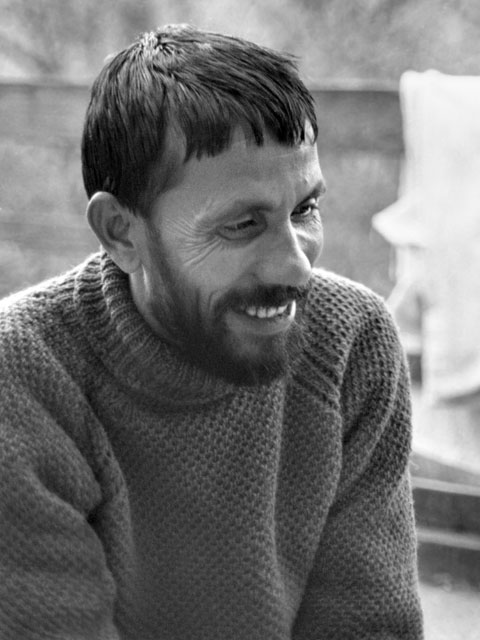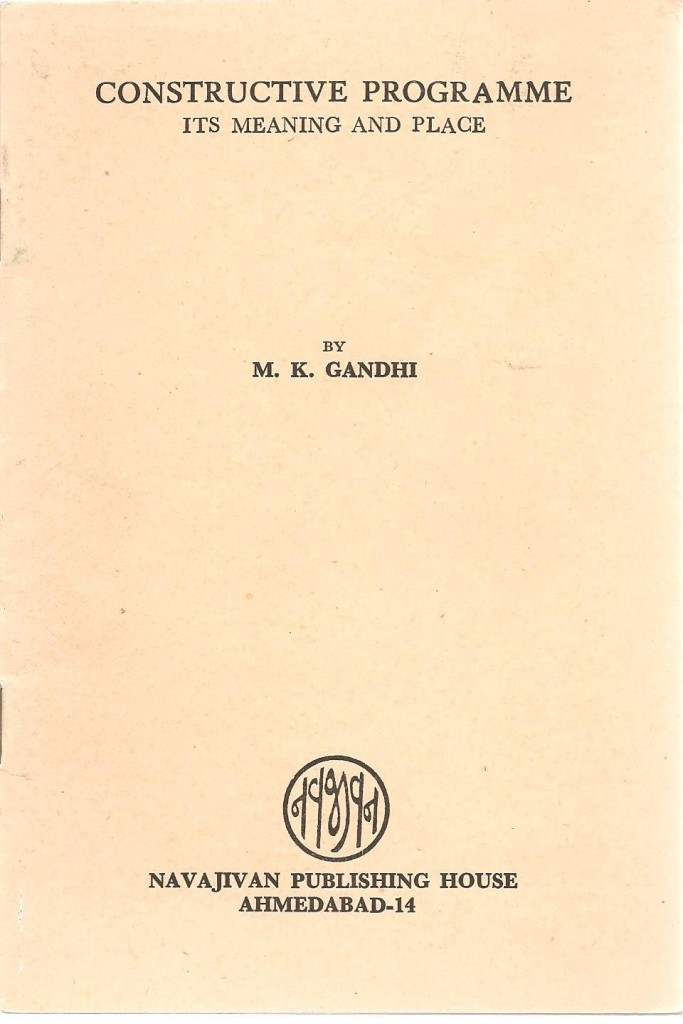“There is no such thing as Gandhism.”
by M. K. Gandhi
Editor’s Preface: In our continuing series on original texts, we are posting here Gandhi’s little known rejection of “Gandhism”. The editorial notes at the end give textual and other details. JG
There is no such thing as Gandhism, and I do not want to leave any sect after me. I do not claim to have originated any new principle or doctrine. I have simply tried in my own way to apply the eternal truths to our daily life and problems. There is therefore no question of my leaving any code behind like the code of Manu [an ancient Hindu Lawgiver]. There cannot be any comparison between that lawgiver and me. The opinions I have formed and the conclusions I have arrived at are not by any means final. I may change them tomorrow if I find better ones.
I have nothing new to teach the world. Truth and nonviolence are as old as the hills. All I have done is to try experiments in both, on as vast a scale and as best as I could. In doing so I have sometimes erred and learnt by my errors. Life and its problems have thus become to me a series of experiments in the practice of truth and nonviolence. By instinct I have been truthful, but not necessarily nonviolent. As a Jain Muni [Jain holy man] once rightly said, I was not so much a votary of Ahimsa as I was of Truth, and that I put the latter in the first place and the former in the second. For, as he phrased it, I was capable of sacrificing nonviolence for the sake of truth. In fact, it was in the course of my pursuit of Truth that I discovered Nonviolence. Our scriptures have declared that there is no Dharma [law] higher than truth. But nonviolence they say is the highest duty. The word Dharma, in my opinion, has a different connotation as used in the two aphorisms.














